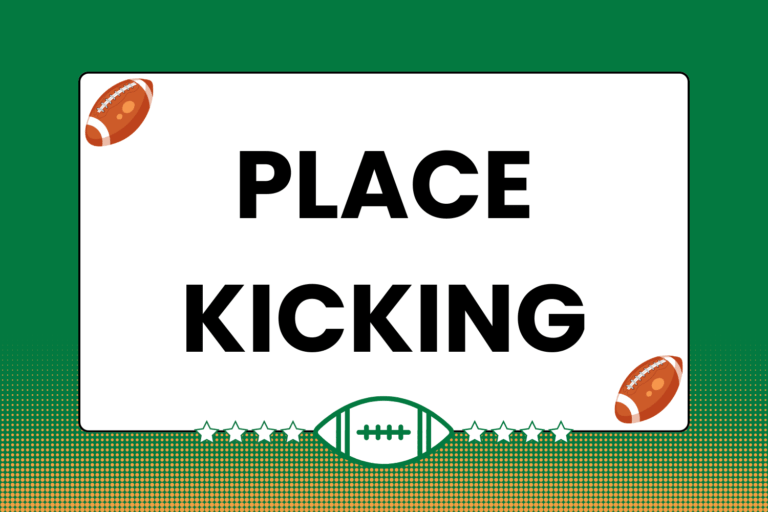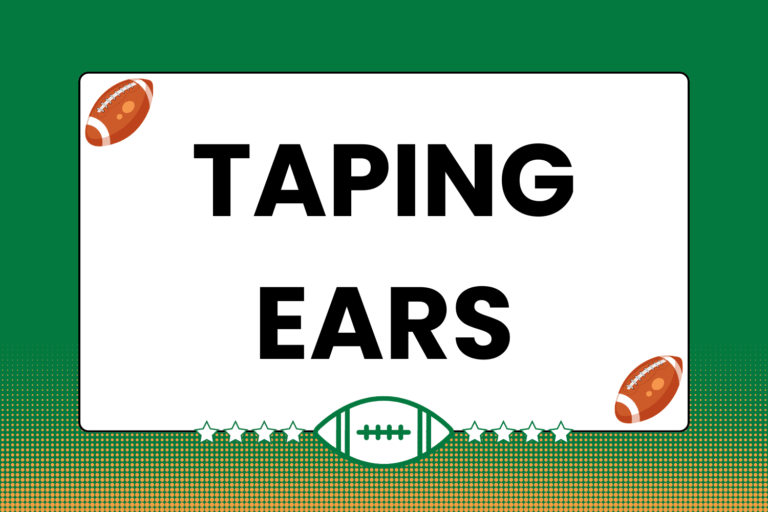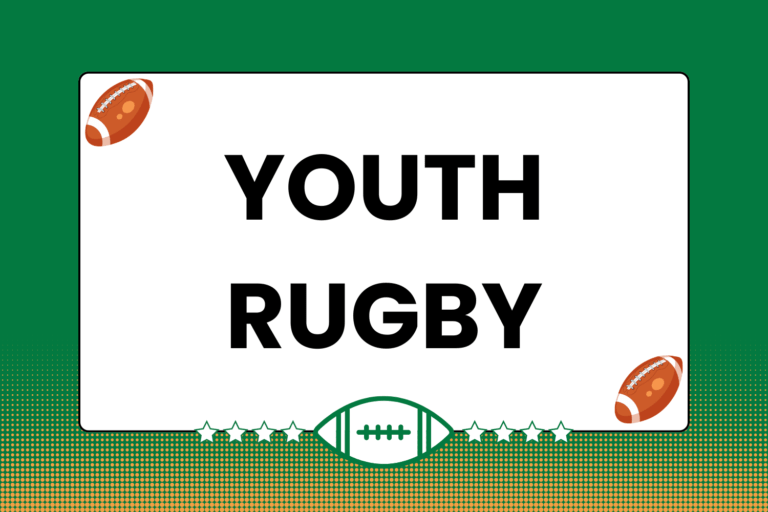So you’ve decided to play rugby! Fantastic! Welcome to “the game they play in heaven.” You probably want to jump onto the field, but are relatively uncertain about how to start your playing career. Not to worry; no one ever walked into a brand new experience knowing exactly what to expect. Your rugby knowledge will come with time.
However, you absolutely should seek out information concerning rugby basics. You’re going to need some help in the beginning stages, especially when it comes to figuring out what position you want to play. This guide identifies the 15 different positions in rugby, and offers a basic description of the responsibilities inherent to each one.
Two Sides of the Same Coin
Each rugby position belongs in one of two player categories: Forwards and Backs:
- The forwards are composed of the bigger, stronger players who handle the majority of the physical play.
- The backs are made up of smaller, faster players who are mostly responsible with advancing the ball.
The responsibilities listed below for each position are very general in nature, so don’t immediately rule out a specific position based solely on the description. Also, keep in mind that some additional responsibilities are often tailored to a team’s specific style of play or set of strategies.
While there are some variations in size and abilities within these two groups, the characteristics that define them are fairly well established. In other words, if you’re only five and a half feet tall and run a mile in just over five minutes, you belong with the backs. Likewise, if you’re pushing 300 pounds and can deadlift a small car, you’re a forward.
The Forwards
Forwards thrive on physical contact. Yes, every rugger would do well to enjoy physicality, but this quality is a prerequisite for forwards. Below is a list of the different forwards positions. Included in the details are the general responsibilities for each position, as well as a basic physical description that prospective players should fit:
Prop
There are two props on a team, and they are almost always the biggest (overall) players. While some teammates may be taller, rarely do other players outweigh the props. Their main responsibilities are to hit hard in scrums and rucks, drive mauls, and carry the ball short distances through several opposing players.
Hooker
Built similarly to the props (short and stocky) but smaller in overall stature, hooker is something of a specialty position. While hookers also participate in most of the physical play, they must also secure the ball in a scrum, as well as throw it in during a lineout.
Second Row
There are two second row forwards (or locks), and they are generally the tallest forwards on the team. Along with the props and hooker, they make up the core of the scrum. Locks act like a battering ram and provide stability during the scrum. During a lineout, second rows are used routinely as jumpers — players who jump up and attempt to catch the ball after it’s thrown in.
Flanker
Flankers are smaller, more mobile forwards who are attached to the outsides of the scrum. They are crucial defenders from the scrum, as they’re often the closest to the opposing player with the ball after a scrum ends. They need to be mobile, and often act as a link between the backs and forwards.
Eight Man
The eight man is built similarly to a second row forward, but plays more like a flanker. He routinely acts as the first responder from a defensive scrum, and steps in to help the backs. The eight man also acts like a hooker at the back of the scrum, securing the ball under his feet to be picked up and played.
The Backs
Playing in the back line requires speed, endurance, and above-average hand-eye coordination. Again, it doesn’t hurt if you enjoy a bit of contact as well, but most of the physical play is handled by the forwards. Here’s a breakdown of the different backs positions:
Scrum Half
While a flanker or eight man will slip into a backs play on occasion, the scrum half is the true connection between the forwards and backs. The scrum half is usually one of the smaller backs, though, because he’s right in the thick of the scrum. Because of this responsibility, it’s helpful if he enjoys the physical play more than the average back. His primary duty is to figure out the best way to play the ball from a scrum, and likewise act as the first defender during an opposing scrum.
Fly Half
The unofficial (and sometimes official) leader of the backs, the fly half should be among the team’s best passers and kickers. The fly half’s most important quality is his ability to understand the game and react or make adjustments accordingly.
Wing
There are two wings (left and right, or openside and blindside), one located in the back line and the other on the far opposite side of the field. Regardless of where they play, the wings are usually among the fastest players on the field. They hang out around the edges waiting for a pass, and then bolt down the side of the field when the ball comes their way.
Center
There are also two centers (inside and outside), one of whom is usually the biggest back on the field — Jonah Lomu, for example, was an inside center. Centers are primarily concerned with moving the ball, either by repositioning it to a different part of the field, or by getting it out to one of the wings.
Fullback
If there’s a faster back than the wings, it should be the fullback. Sitting deep in his team’s side of the field, the fullback will occasionally come up and support on offense. However, his main duty is to hang back in case the other team kicks the ball deep, then catch it and advance it back up the field. Also, because of his position on the field, the fullback acts as the last line of defense for his team—so he must be skilled at tackling players of all sizes as well.
Taking the First Step
As a beginner, picking a rugby position is one of the first and most important decisions you’ll make. Keep in mind that the purpose of this guide is to offer advice, not tell you outright which position to choose. However, if you’d like a bit more help in making an informed decision, we have an extensive collection of rugby-related how-to guides that will help you do just that.





